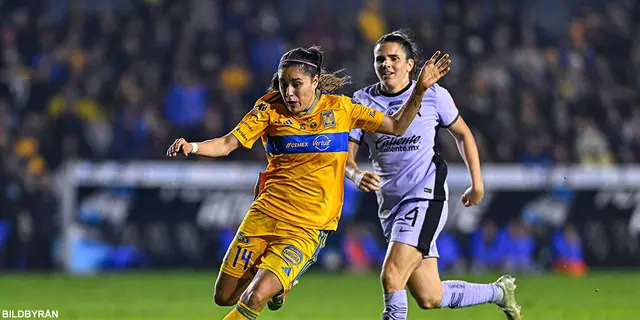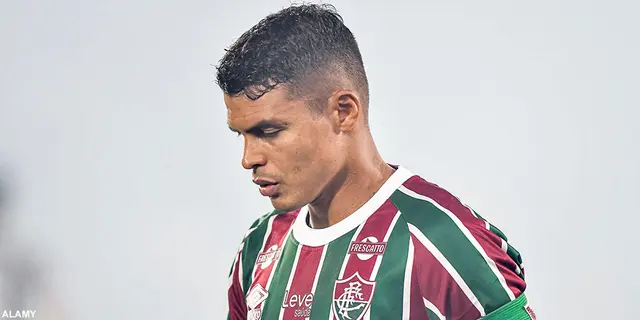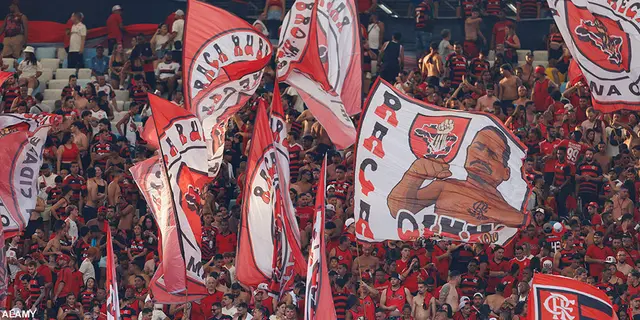Efter katastrofen i Japan har livet ändrats för hundratusentals människor och kampen för att överleva gäller inte bara människor utan även hela samhällen. I ett av dessa ödelagda samhällen längst Japans nordöstra kust kämpar nu ett fotbollslag tillsammans med brandkår, japanska self defence forces och polis med att hjälpa de nödställda. Det handlar om staden Onagawa, en liten hamnstad belägen på den östra kusten av Miyagi Prefecture, ett av områdena som har drabbats värst av tsunamin. Innan tsunamin vällde in med ödesdiger kraft hade Onagawa drygt 10000 invånare och de flesta livnärde sig på fiske eller jobbade på kärnkraftverket i Onagawa. Efter katastrofen saknas 1000 personer och drygt 300 har dött, kärnkraftsverket fungerar som evakueringscenter och de överlevande kämpar för att bygga upp sitt samhälle igen.
Mike Innes, ett Omiya Ardija-fan och skribent med intresse för japansk non-leaguefotboll, skrev en artikel om läget på northernleagueday.wordpress.com och fick genom den kontakt med Susan Andrews, en databasdesigner som bott i Japan och flertalet gånger semestrat i de nu drabbade områderna i Tohoku. Speciellt staden Onagawa minns hon extra väl för invånarnas vänlighet och gästfrihet och hoppas nu kunna ge något tillbaka. Tillsammans startade de Onagawa Supporters för att samla in pengar och genom samarbete med fotbollslaget Cobaltore Onagawa hjälpa till att bygga upp samhället igen. Man kan följa kampanjen och själv hjälpa till på deras Hemsida, via Twitter eller på deras Facebooksida. Mike har daglig kontakt med Koichi Ohmi, Cobaltore Onagawas General Manager, för att utveckla samarbetet på bästa möjliga sätt.
Nedan följer artikeln Mike skrev som drog igång det hela.
What’s the point of a football club?
Musing on such a question Sir Bobby Robson once remarked that, at its heart, a club was about “the feeling of belonging, the pride in your city” and although what follows is the story of a small club on the other side of the world – a million miles away from the garish trappings of the Barclays Premier League – you get the feeling that Sir Bobby would have approved mightily.
It’s a story that must now begin in the afternoon of 11th March 2011 with the tsunami that overwhelmed huge swathes of the coast of north-eastern Japan, killing well over 20,000 people and making homeless hundreds of thousands more. 50km east of Sendai, the region’s biggest city, Onagawa was one of the many small towns to be almost totally destroyed. In the hours following the tsunami, survivors gathered at the municipal sports hall where, exhausted, terrified and most immediately very cold, they waited for water, food, blankets and electricity.
Information was also difficult to come by as the mobile phone networks were all down, snippets of fact and rumor circulating instead via Twitter. In the absence of more or less any other form of infrastructure, the messageboard of the local football club, non-league outfit Cobaltore Onagawa, became an unexpected but vital resource for people desperate for news of family members and friends.
Tales of heroism and tragedy surfaced on the messageboard, such as that of one Mitsuru Sato, who led to safety a group of Chinese research students that had been staying in the area to study techniques at his fish processing company. Sato then returned to search for his wife and daughter, and was last seen climbing on to a rooftop to avoid the tsunami only to be swept away by the water; his wife and daughter were later found unharmed.
Amazingly, every one of the Cobaltore players survived and, despite the fact that they come from across the four corners of Japan, all but a handful have since chosen to remain in their adopted home town – first to work alongside the police and military in dealing with the mountains of debris left behind by the tsunami and then, over time, to rebuild the place starting from scratch. In Onagawa, the word “community” really means something. In Onagawa, it meant something before the tsunami as well.
Prior to 11th March, Onagawa’s population stood at just under 10,000, a figure that has been in decline for several decades. With employment opportunities mostly limited to hard, dirty work either in fishing or at the Onagawa Nuclear Power Plant – the fastest-built nuclear facility in the world, no less – successive generations of young people have opted instead to move away from the town to the bright lights of Sendai, or Tokyo 350km to the south.
Many parts of rural Japan face similar problems and local councils have tried various means of making their ageing communities seem more appealing to the young. Just up the coast from Onagawa, for instance, Iwate prefecture some years ago sought to play on its image as a quiet backwater by encouraging young urban couples to move there and raise their families in a more relaxed environment, advertising in the Tokyo press using the strap-line Ganbaranai! (loosely, Don’t go for it!).
In early 2006 Onagawa council and local businesses banded together in what they saw as an attempt to save the future of their town. With the express intention of giving local youngsters a reason to remain there after graduating from high school, they set up something that Onagawa had never really had before: a football club. But it was a club with a mission. The idea was that kids, teenagers and 20-somethings would want to participate in the development within their own community of a club that specifically targets a place in Japan’s professional league, the J-League, alongside the likes of Kashima Antlers, Urawa Reds and the area’s top team, Vegalta Sendai.
And so, under the English slogan We Create A New Fun For A New Active Lifestyle, Cobaltore Onagawa was born. The club’s name reflected the blue waters of the Pacific to which the town owed its livelihood and the players were mostly ex-university students, who took jobs in the fish processing factories and attended football training in the evenings; the management and sponsors scraped together enough money to bring in former international midfielder Nobuo Fujishima as coach.
Entering the Ishinomaki City League, Cobaltore won all eighteen of their matches in the 2006 season, scoring 127 goals in the process. Things weren’t so straightforward the following year in the Miyagi Prefectural League but even so promotion was again achieved, to Division 2 (South) of the Tohoku League, one of nine regional leagues that constitute the second tier of Japan’s non-league pyramid. Since then, under player-coach Reiji Nakajima, the team have spent a single season in Division 1 but there their progress stalled and Cobaltore were preparing for a 2011 campaign back in Division 2 when the tsunami struck.
Some might now ask what the point is of a football club when the community that it was established to represent barely exists anymore. And that must be where Sir Bobby Robson’s sense of belonging and pride come in. Two weeks after the disaster Cobaltore’s general manager Koichi Omi announced that the main football-related activities of the club would for the foreseeable future be suspended. Members of the first team who have stayed in Onagawa are eating and sleeping at one of the factories, spending their time on clean-up work and planning football games with kids who are among the 800 people that now call the Onagawa municipal sports hall home.
-Mike Innes
Länk till orginalartikeln: http://northernleagueday.wordpress.com/2011/03/27/whats-the-point-of-a-football-club/

Japan
2011-04-05 19:35
What’s the point of a football club?
Efter katastrofen i Japan hittar vi ett fotbollslag i ett av de värst drabbade områdena som kämpar för att hjälpa till att återuppbygga sitt samhälle.

Pelle Blomster
1 kommentarer









